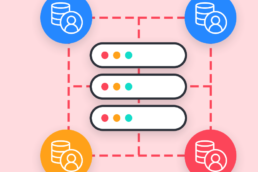Contextual targeting allows you to show ads only on relevant web pages. Focusing on content and keywords, rather than looking for alternatives to third-party cookies. Unlike behavioral targeting, which is based on patterns in audience segments, contextual targeting is based on the context of a specific page. It means it doesn’t involve cookies or other ad identifiers.
The main disadvantage of this solution is that it offers limited targeting options and does not report user demographics and behavioral characteristics. This type of targeting can be implemented on content-heavy websites with different thematic sections. 
In the absence of third-party cookies, contextual targeting provides a viable alternative for advertisers. Rather than relying on user behavior patterns, this method focuses on the context of a specific page. This means that advertisers can still reach their desired audience without the need for cookies or other ad identifiers. The advantage lies in its ability to align ads with the content that users are actively consuming. By understanding the context of a page, advertisers can deliver more relevant.
Contextual targeting offers numerous benefits for advertisers. It allows you to reach users who are actively engaged with content related to the products or services, increasing the likelihood of conversion. It also helps to avoid irrelevant placements and wasted. Unlike behavioral targeting, which relies on audience segments and patterns, contextual targeting is based on the context of a specific page. This means that it doesn’t require the use of cookies or other ad identifiers, making it a privacy-friendly solution.
Contextual targeting is a powerful advertising strategy that allows you to display ads on relevant web pages. By focusing on content and keywords, rather than relying on third-party cookies, ensuring that ads are seen by the right audience at the right time.



